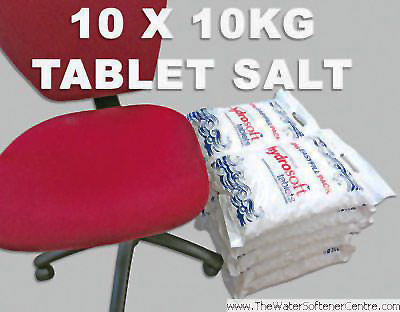Everyone can drink softened water unless they are a bottle fed baby less
than 6 months old on powdered feed or on a medically supervised sodium
restricted diet like kidney dialysis out-patients. The fact is unlike naturally occurring soft water, softened
water has no link to increased occurrence of cardiovascular disease because it
has exactly the same amount of dissolved solids in it as hard water. All we have
done is exchanged calcium and magnesium metal ions that cause scale and soap
scum for sodium metal ions that do not. Nil salt is added to the water. To put this in a sensible perspective, see
health and drinking water.
Softened water will make a stronger flavoured tea or coffee, you won't get a 'skin' on your cuppa and you won't get scale your kettle.
